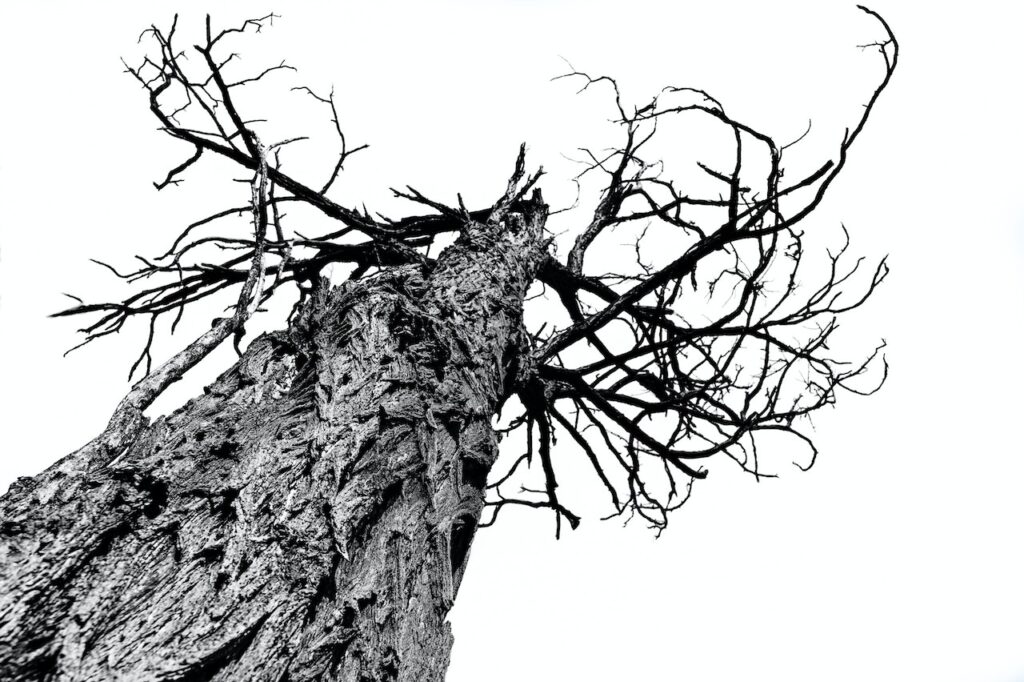Trees are an important part of the environment, providing us with numerous benefits such as clean air, shade, and beauty. However, trees can become sick or stressed, and if left untreated, they can eventually die. Knowing the signs of a dying tree can help you take appropriate action to save it or prevent further damage. Here are some of the signs that can indicate a tree is dying:
Discolored Leaves: If the leaves on your tree are discolored, it may be a sign that it is not getting enough nutrients or water. Leaves that are yellow, brown, or wilted may indicate that the tree is under stress and not able to perform photosynthesis properly.
Thinning Canopy: If the branches and leaves on the tree are thinning out, it may be a sign that the tree is not receiving enough water or nutrients. A thinning canopy can also be caused by pests or disease.
Cracks or Splits: If you notice large cracks or splits in the trunk of the tree, it could be a sign of a serious problem. These splits can cause the tree to become unstable and eventually fall.
Dead Branches: If branches on your tree are dead or dying, it can be a sign of stress or disease. Dead branches should be removed as they can be a safety hazard if they fall.

Fungus or Mushrooms: If you see fungus or mushrooms growing on or around the base of the tree, it may indicate that the tree is decaying from the inside out. This can be a serious problem as the tree may be structurally unsound and may eventually fall.
Insect Infestation: If you notice an unusually high number of insects on your tree, it may indicate that the tree is stressed or diseased. Certain types of insects, such as borers, can cause significant damage to a tree and may even kill it.
Bark Peeling: If you notice the bark on your tree is peeling or falling off, it can be a sign of disease or pest infestation. The bark is an important part of the tree, protecting the inner layers from damage and infection.
If you notice any of these signs on your tree, it is important to take action as soon as possible to address the problem. Here are some steps you can take to help save a dying tree:
Water the tree: If the tree is not receiving enough water, it may be under stress. Make sure to water the tree regularly, especially during dry periods. Be sure not to overwater the tree, as this can cause root rot.
Fertilize the tree: If the tree is not receiving enough nutrients, it may need to be fertilized. Use a slow-release fertilizer specifically designed for trees, and be careful not to over-fertilize, as this can cause damage.
Prune dead branches: If you notice dead branches on the tree, prune them off to prevent them from falling and causing damage.
Treat for pests and diseases: If the tree is infected with a pest or disease, it may need to be treated. Consult a professional arborist for the appropriate treatment.
Provide support: If the tree is leaning or unstable, it may need support to prevent it from falling. A professional arborist can install cables or braces to help support the tree.
In some cases, it may not be possible to save a dying tree. If the tree is severely damaged or infected, it may need to be removed to prevent it from falling and causing damage. A professional arborist can assess the tree and recommend the best course of action.
In conclusion, knowing the signs of a dying tree can help you take appropriate action to save it or prevent further damage.
